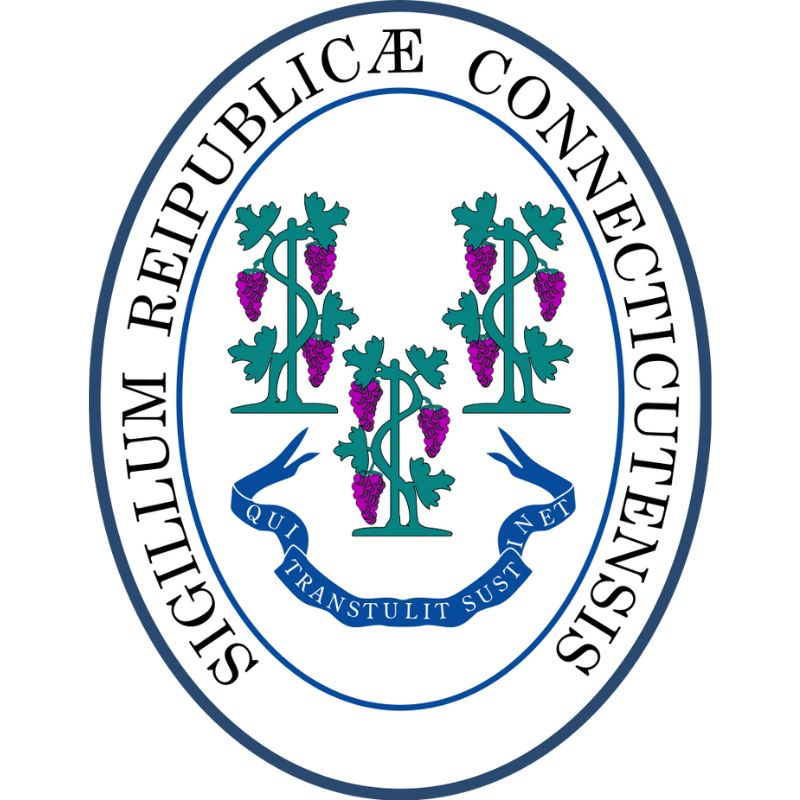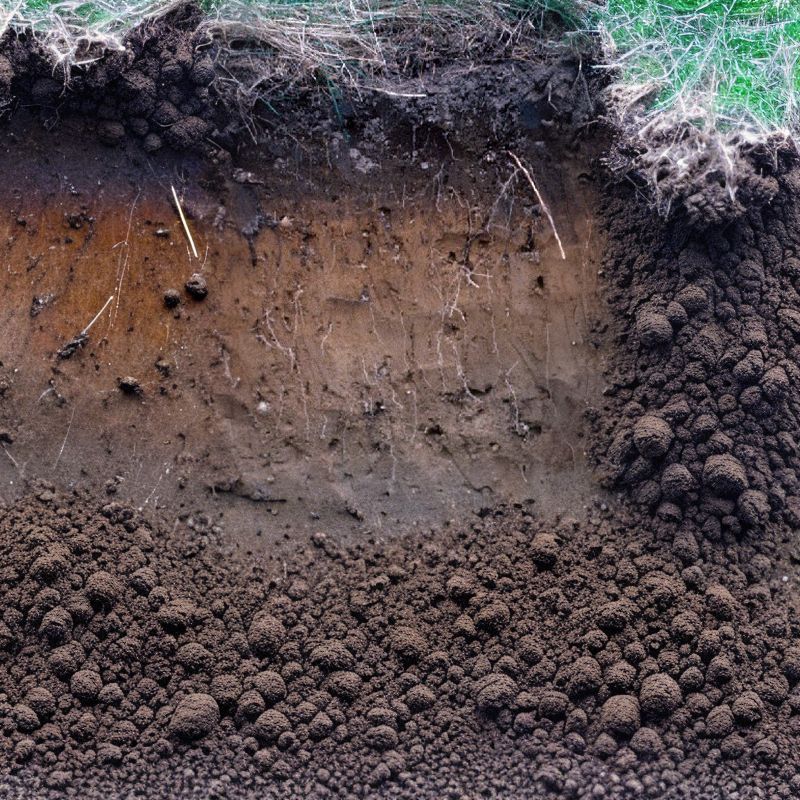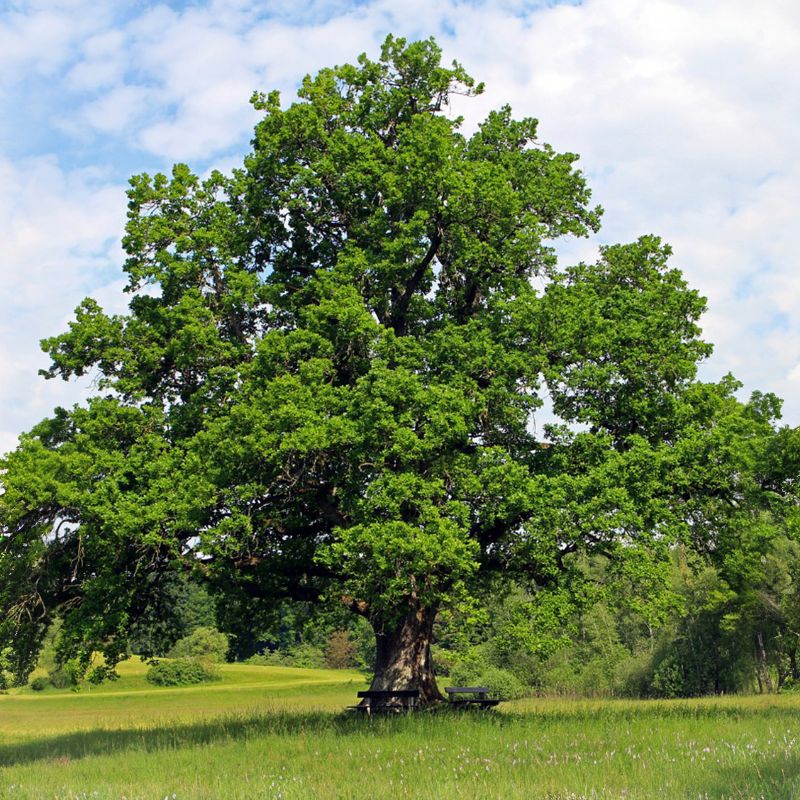Explore the Fascinating History of Connecticut
Take our Connecticut Trivia Quizzes for a Chance to Win a 6-Month Subscription to History By Mail!

The History of Connecticut
Journey Through Connecticut Trivia
Welcome to our Connecticut History and Trivia Page, proudly presented by History By Mail. Join us as we explore the rich past and fascinating culture of the Constitution State. From colonial settlements to maritime traditions and modern innovations, we'll delve into some of Connecticut's best-kept secrets and test your knowledge with fun quizzes, including Connecticut trivia questions.
Connecticut, known as the Constitution State, is a place with a remarkable history and diverse cultural heritage. From the Native American tribes that inhabited the land, such as the Mohegan and Pequot, to the impact of European colonization and the establishment of early settlements, Connecticut holds a captivating legacy. From the charming coastal towns of Mystic and New Haven to the bustling city of Hartford, the state showcases a blend of historical sites, picturesque landscapes, and a deep connection to its colonial roots.
Join us as we uncover the intriguing history and trivia of Connecticut, exploring its significant contributions to the American Revolution, its renowned educational institutions, and the fascinating stories that make it a unique and cherished part of our nation's heritage. Test your knowledge with engaging Connecticut trivia, including Christmas in Connecticut trivia, and discover the Constitution State's captivating past.
Facts about Connecticut
State Abbreviation: CT
Capital: Hartford
Name Origin: The name"Connecticut"" comes from a Native American word, quinatucquet, roughly meaning "beside the long tidal river." It refers to the Connecticut River, which cuts through the middle of the state.
Nickname: Constitution State
Statehood: January 9, 1788 (5th State)
State Motto: Qui transtulit sustinet (He who transplanted still sustains)
Connecticut's Flag
The Connecticut state flag, officially adopted in 1897, features a distinct and meaningful design that represents the spirit and heritage of the Constitution State. Against a field of medium blue, a coat of arms is displayed prominently at the center. The coat of arms is divided into three parts, each carrying symbolic significance.
The first part on the left side depicts three grapevines, representing Connecticut's historical agricultural roots and the importance of viticulture in the state's early economy. The middle part displays a golden-colored shield with three oak trees, symbolizing strength and endurance. Above the shield, a golden banner bears the state motto, "Qui Transtulit Sustinet," which translates to "He Who Transplanted Still Sustains." This motto represents the idea of preserving the values and traditions brought from the Old World to the New World.
On the right side of the coat of arms, a white banner displays a golden scroll with the state's name, "Connecticut." These elements are surrounded by various emblems, including a wreath of laurel leaves and oak leaves, and a blue ribbon at the bottom with the state's founding date, "Jan. 9th, 1788."
Connecticut's Great Seal
The Connecticut State Seal, adopted in 1784, features a circular design that encapsulates the state's rich symbolism and historical significance. At the center of the seal, an intricate image portrays three grapevines, representing the state's early agricultural industry and the cultivation of grapes for winemaking. The grapevines are intertwined to symbolize unity and cooperation.
Surrounding the central image, there are various elements that highlight Connecticut's heritage and values. Above the grapevines, a blue banner displays the state motto, "Qui Transtulit Sustinet," which translates to "He Who Transplanted Still Sustains." This motto reflects Connecticut's deep roots in preserving traditions and values brought from the Old World to the New World.

--- State Trivia #1 ---
History of Connecticut
The area known as Connecticut was first explored by the Dutch navigator Adriaen Block in 1614, as he sailed up the Connecticut River. Dutch colonists established a fort and trading post near present-day Hartford in 1633 but soon lost control to English Puritans from the Massachusetts Bay Colony. English settlements were founded in the 1630s in Windsor, Wethersfield, and Hartford, which later united in 1639 to form the Connecticut Colony under the Fundamental Orders, the first modern constitution in America.
Connecticut played a significant role in the Revolutionary War, acting as a major supplier to the Continental Army. It earned the nickname "Arsenal of the Nation" and emerged as one of the most industrialized states in the country.
Present-day Connecticut is home to diverse manufacturing industries. Factories in the state produce a wide range of products, including weapons, sewing machines, jet engines, helicopters, motors, hardware and tools, cutlery, clocks, locks, silverware, and submarines. Hartford, the capital, is the nation's insurance capital and is also home to the oldest continuously published newspaper in the United States, the Hartford Courant, established in 1764.
Connecticut is an agricultural state as well, leading New England in the production of eggs, pears, peaches, and mushrooms. Its oyster crop ranks as the second largest in the nation, and poultry and dairy products contribute significantly to the state's farm income.
Known for its picturesque landscapes, Connecticut is a popular resort area with a 250-mile shoreline along Long Island Sound and numerous inland lakes. The state boasts several notable points of interest, including Yale University's Gallery of Fine Arts and Peabody Museum. Other famous museums include the P. T. Barnum Museum, Winchester Gun Museum, and American Clock and Watch Museum. The town of Mystic features a meticulously recreated 19th-century New England seaport and the Mystic Marinelife Aquarium, attracting visitors from near and far.
State Symbols
Fun Facts
- Famous residents of Connecticut include Nathan Hale, a spy during the American Revolution; Revolutionary War general and “turncoat” Benedict Arnold; actress Katharine Hepburn; and authors Harriet Beecher Stowe and Mark Twain.
- More than 500 historic ships, a re-creation of a 19th-century coastal village, and a working shipyard are on display at Mystic Seaport maritime museum. Visitors can even board and sail on some of the historic boats.
- Step into a famous author’s home at the Mark Twain House and Museum in Hartford, where writer Samuel Clemens, who used the pen name Mark Twain, lived with his wife and children.
- Check out the Harriet Beecher Stowe Center, where you can tour the author’s house and learn how her novel, Uncle Tom’s Cabin, helped change views on slavery in the United States.
--- State Trivia #2 ---

Things To Do in Connecticut
- Explore Mystic Seaport: Visit the historic Mystic Seaport, the largest maritime museum in the United States. Immerse yourself in the seafaring past as you explore preserved ships, participate in interactive exhibits, and stroll through a recreated 19th-century coastal village.
- Visit Yale University: Take a tour of Yale University in New Haven, one of the world's most prestigious Ivy League institutions. Admire the stunning architecture, visit the renowned Yale University Art Gallery and the Yale Peabody Museum of Natural History, and soak in the vibrant intellectual atmosphere.
- Discover the Connecticut River Valley: Experience the scenic beauty of the Connecticut River Valley, known for its picturesque landscapes and charming towns. Take a leisurely drive along the Connecticut River, go hiking in one of the many state parks, or explore historic villages like Essex and Old Saybrook.
- Tour the Mark Twain House and Museum: Step into the world of the iconic American writer, Mark Twain, by visiting his former residence in Hartford. Explore the beautifully restored Victorian house, learn about Twain's life and works, and gain insight into the literary legacy of one of America's most celebrated authors.
- Enjoy the beaches of the Connecticut shoreline: Head to the Connecticut shoreline and relax on its beautiful beaches. From lively coastal towns like Westport and Madison to serene state parks like Hammonasset Beach State Park, there are plenty of sandy shores to enjoy swimming, sunbathing, and beachcombing.

General Map of Connecticut
Connecticut, often referred to as "The Constitution State," is located in the New England region of the United States. It offers a diverse range of attractions and activities that showcase its rich history, charming towns, and natural beauty. From historic landmarks to picturesque coastal areas and cultural hubs, Connecticut provides a unique blend of experiences for visitors to enjoy.
Famous People From Connecticut
--- State Trivia #3 ---
FREQUENTLY ASKED QUESTIONS (FAQ) ABOUT CONNECTICUT
Connecticut is known as "The Constitution State." It earned this nickname during the American Revolution when its colonial government adopted the Fundamental Orders in 1639. These orders were one of the earliest examples of a written constitution, highlighting the state's commitment to self-governance and democratic principles.
Connecticut was one of the original thirteen colonies and officially became the fifth state to join the United States on January 9, 1788.
Connecticut has a rich history of innovation. Eli Whitney, a Connecticut native, invented the cotton gin in 1793, revolutionizing the cotton industry. Another notable inventor is Samuel Colt, who created the Colt revolver in the mid-1800s, transforming firearms technology.
Connecticut played a crucial role in the Revolutionary War, providing troops and supplies to the Continental Army. Many significant battles, such as the Battle of Groton Heights and the Siege of Fort Griswold, took place in Connecticut, showcasing its importance in the fight for independence.
Related Resources
- Official Website of the State of Connecticut: The official website provides information about the state government, services, business resources, tourism, and more. Visit: https://portal.ct.gov/
- Connecticut Office of Tourism: Explore Connecticut's attractions, events, outdoor activities, cultural sites, and plan your visit. Visit: https://www.ctvisit.com/
- Connecticut State Library: Discover Connecticut's rich history, access digital collections, genealogy resources, and explore educational programs. Visit: https://ctstatelibrary.org/
- Connecticut Department of Energy and Environmental Protection: Learn about Connecticut's natural resources, state parks, trails, fishing, boating, and environmental initiatives. Visit: https://portal.ct.gov/DEEP
- Connecticut Historical Society: Explore Connecticut's history through exhibitions, collections, educational programs, and research resources. Visit: https://chs.org/
- Yale University: Visit one of the oldest and most prestigious universities in the United States, located in New Haven, Connecticut. Discover its renowned libraries, museums, and architectural landmarks. Visit: https://www.yale.edu/
- Mystic Seaport Museum: Immerse yourself in maritime history at Mystic Seaport Museum, the nation's leading maritime museum located in Mystic, Connecticut. Explore historic vessels, exhibitions, and maritime culture. Visit: https://www.mysticseaport.org/
- Mark Twain House & Museum: Step into the world of Mark Twain, one of America's greatest authors, by visiting his former residence in Hartford, Connecticut. Experience guided tours, exhibits, and literary events. Visit: https://marktwainhouse.org/
- Connecticut Science Center: Engage in hands-on science exhibits, interactive displays, and educational programs at the Connecticut Science Center in Hartford. Visit: https://ctsciencecenter.org/





